Porsche Museum :: part 2
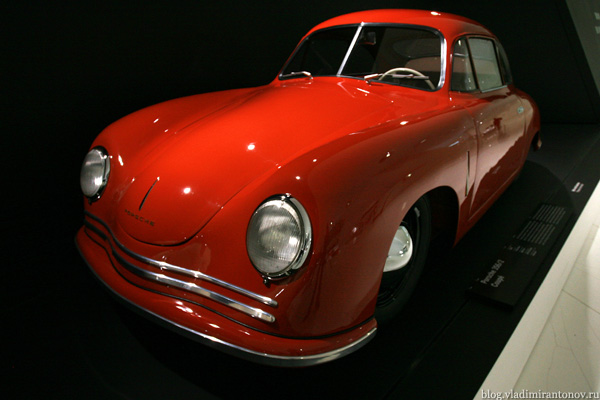
Porsche 356/2 Coupe
Model Year: 1948
Engine: 4-Zyl. Boxer
Displacement: 1086 ccm
Power Output: 40 PS (29 kW)
Top Speed: 140 km/h
History:
Ferry Porsche and his team further develop the “No. 1” roadster prototype into the light-alloy 365/2 Coupe. A small series of 52 cars is manufactured by hand in the Austrian town of Gmund. In order to create space for two jump seats and a small luggage compartment, the engine was moved behind the rear axle. The aluminum coupes, which have superior drag coefficients, become the basis for Porsche’s entry to motorsports.


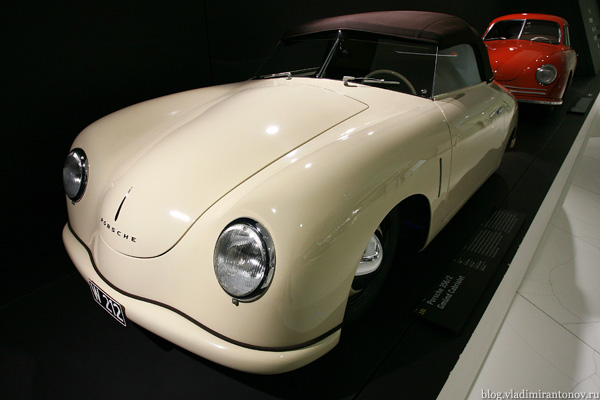
Porsche 356/2 Gmünd Cabriolet
Model Year: 1949
Engine: 4-Zyl. Boxer
Displacement: 1131 ccm
Power Output: 40 PS (29 kW)
Top Speed: 140 km/h
History:
Following World War II, the first Porsche sports cars are built in Gmünd, Astria. Between 1948 and 1951, 53 vehicles are built here, all through labor-intensive manual work. Production of a few convertibles is outsourced to the Keibl company in Vienna. The 356/2, which achieves excellent acceleration and braking performance despite its low engine power, makes its debut at the Geneva Motor Show in 1949.

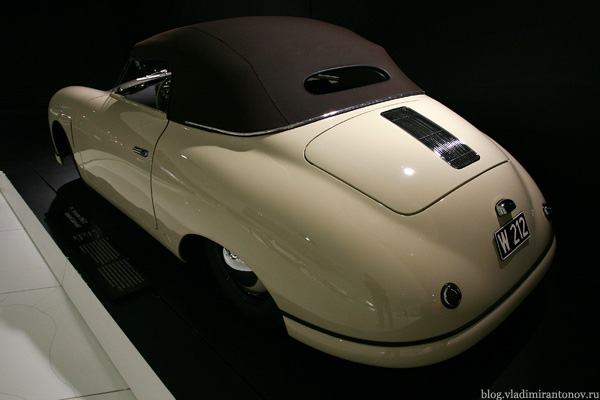

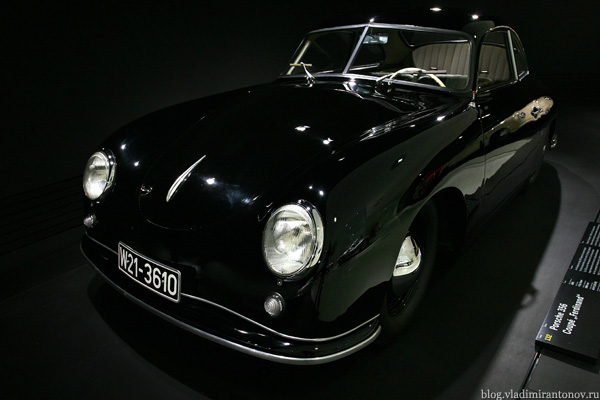
Porsche 356 Coupé “Ferdinand”
Model Year: 1950
Engine: 4-Zyl. Boxer
Displacement: 1086 ccm
Power Output: 40 PS (29 kW)
Top Speed: 140 km/h
History:
“Maundy Thursday” of 1950, the Thursday before Easter, marks the start of a new chapter in Porsche history as the first Type 356 built in Stuttgart is rolled out of the factory. Following a Porsche tradition of giving test vehicles a nickname, the car shown here is named “Ferdinand”. It’s a present for Professor Ferdinand Porsche on his 75th birthday on September 3, 1950, and is called a “test bench on wheels”.

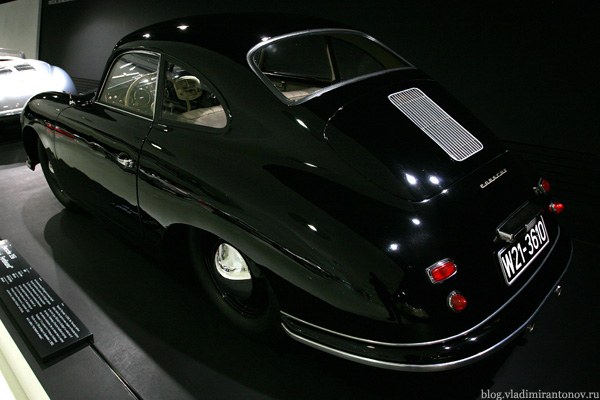
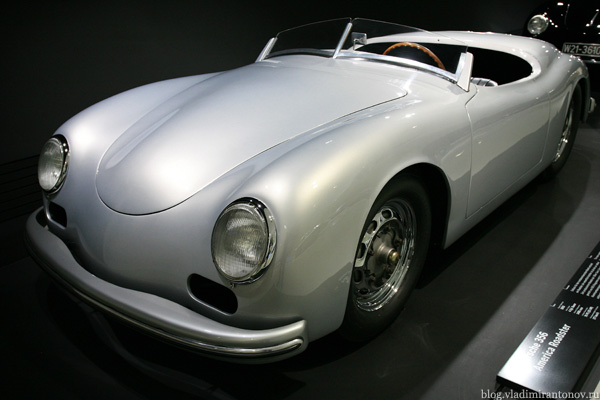
Porsche 356 America Roadster
Model Year: 1953
Engine: 4-Zyl. Boxer
Displacement: 1488 ccm
Power Output: 70 PS (51 kW)
Top Speed: 177 km/h
History:
The new roadster built exclusively for the North American market weighs much less than the 356 series models produced at the time. Its remarkably low weight of only 605 kilograms is achieved by developing a lightweight aluminum body with a weight-saving door design, side window inserts, and a rain top. The interior is spartanly equipped, as this precursor to the 356 Speedster is designed specifically for racing.
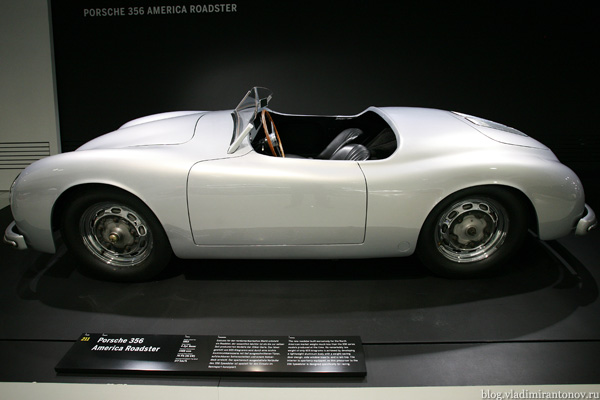


Porsche 904 Carrera GTS
Model Year: 1964
Engine: 8-Zyl. Boxer
Displacement: 1966 ccm
Power Output: 240 PS (178 kW)
Top Speed: 263 km/h
History:
Developed by Ferdinand Alexander Porsche, this 904, with its small frontal area, is the first Porsche with a plastic body. Since it can be equipped with a variety of engines – from four to eight cylinders – it can be used in diverse applications. Just five months after its first public appearance, the Carrera GTS wins the Targa Florio, and it is also successful in the Monte Carlo Rally and at Le Mans. To this day it is considered one of the most beautifully styled racing cars.
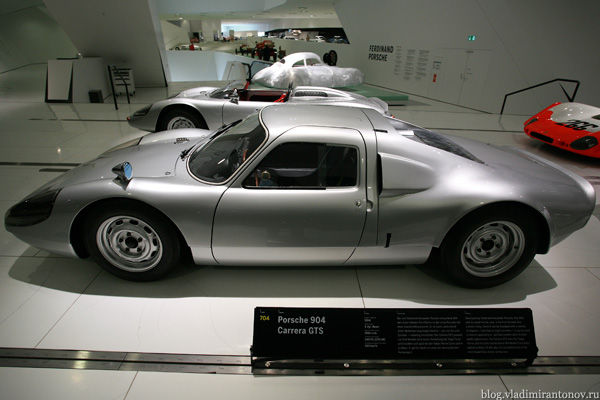
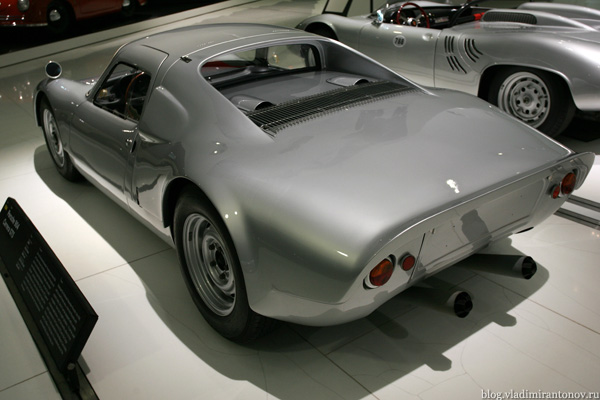

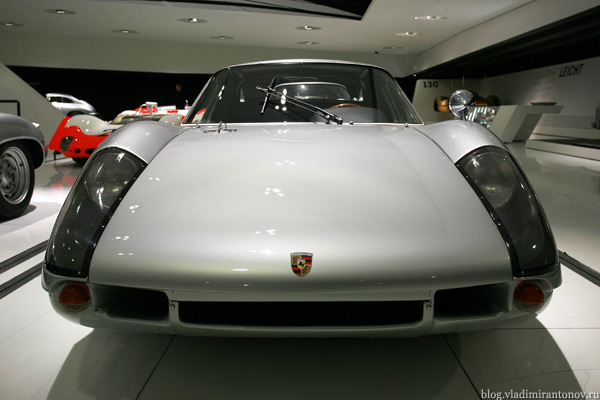
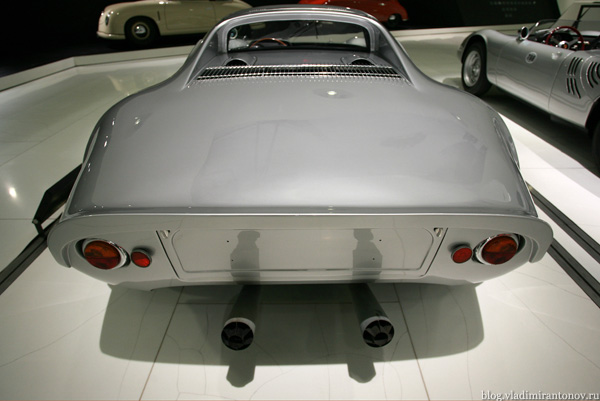

Porsche 356 B 2000 GS Carrera GT
Model Year: 1963
Engine: 4-Zyl. Boxer
Displacement: 1966 ccm
Power Output: 155 PS (114 kW)
Top Speed: 235 km/h
History:
For the contests in the important GT (Gran Turismo) category. Porsche builds a racing version based on the 356 Carrera 2. Driven by Edgar Barth and Herbert Linge, this last Porsche with an aluminum body places third in its Targa Florio premiere in 1963. Equipped with a steeply sloping rear window to aid overall aerodynamics, this car’s unique silhouette earns it the nickname “Dreikant-schaber”, or, roughly, “Wedge Blade”.
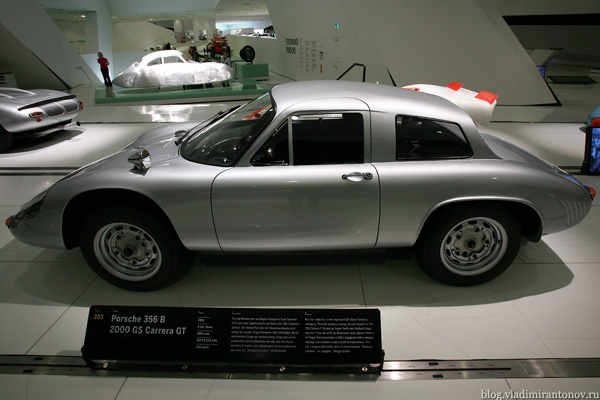
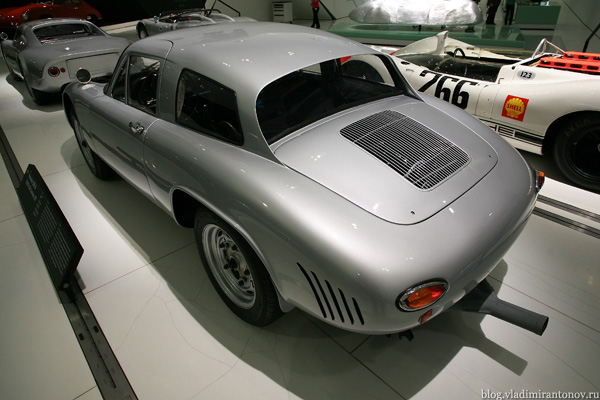
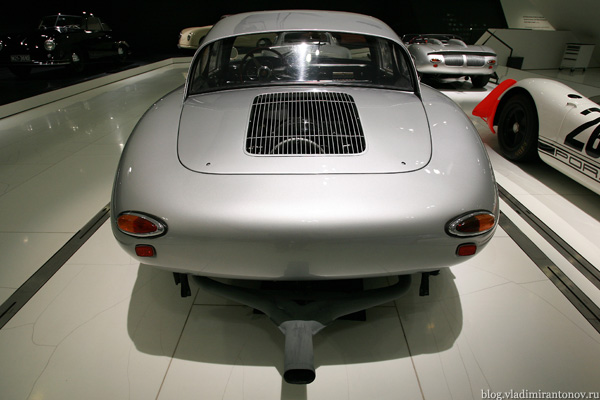


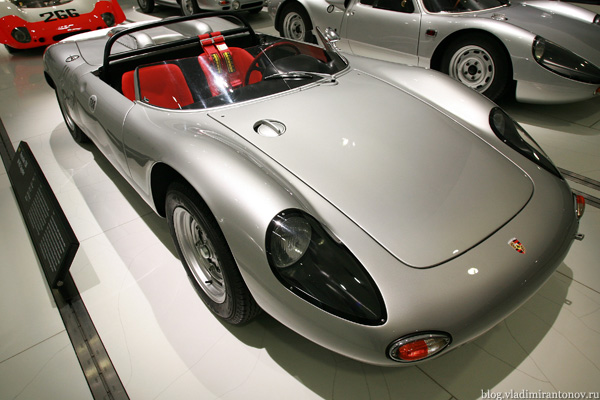
Porsche 718 W-RS Spyder
Model Year: 1962
Engine: 8-Zyl. Boxer
Displacement: 1981 ccm
Power Output: 210 PS (154 kW)
Top Speed: 280 km/h
History:
Porsche’s first two-liter, eight-cylinder vehicle is affectionately nicknamed “Grandmother” by the mechanics because of its exceptionally long motorsport career (1961-1964). Its history of wins includes sensational class victories, such as those at the Targa Florio in 1962 and the 1,000-kilometer race at Nurburgring. “Grandmother” dominated the European Hill Climb Championship in 1963 and 1964, and twice drove Edgar Barth to the championship title.
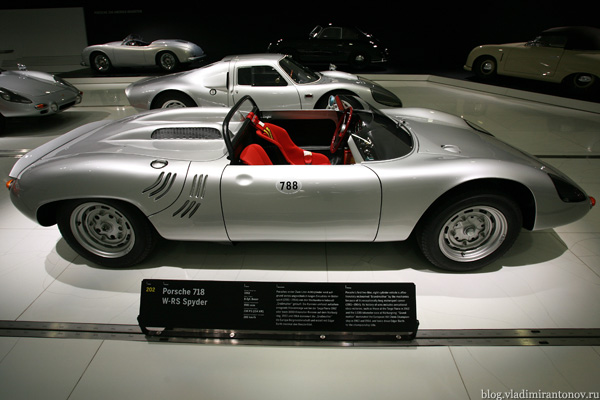
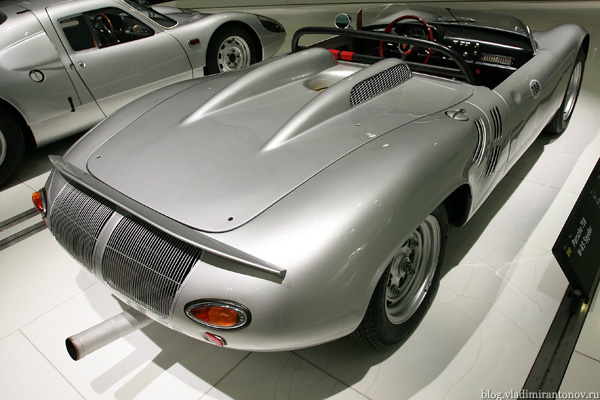
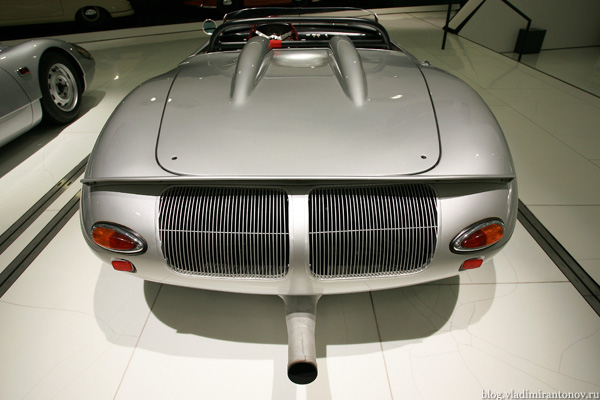
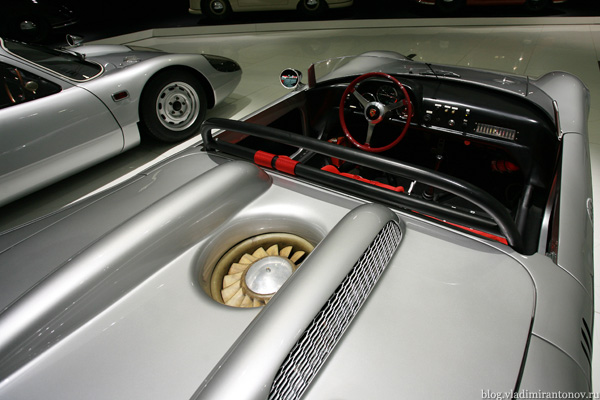
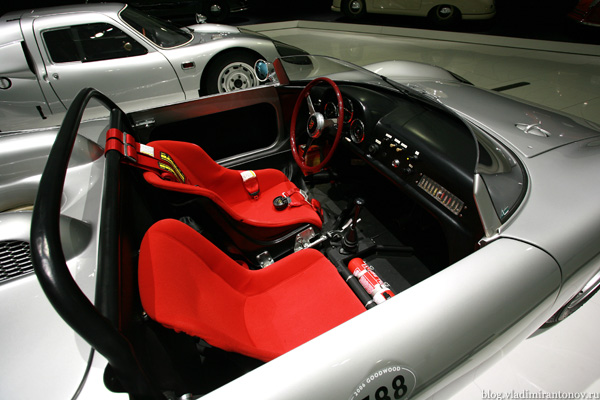
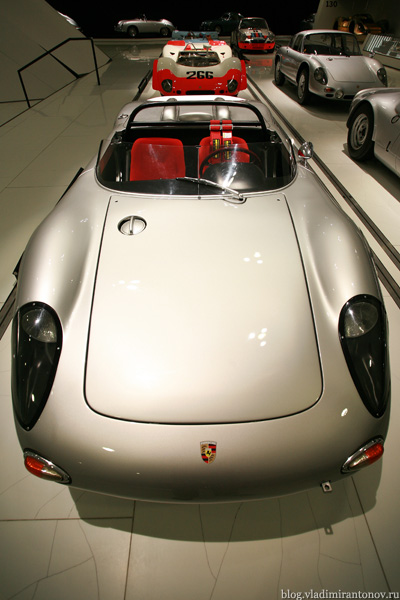

Porsche 908/02 Spyder
Model Year: 1969
Engine: 8-Zyl. Boxer
Displacement: 2997 ccm
Power Output: 350 PS (259 kW)
Top Speed: 280 km/h
History:
The 1969 Targa Florio triumph by Gerhard Mitter and Udo Schutz in the 908/2 Spyder enables Porsche to win the Manufacturers’ World Championship for the first time. This victory is the just reward for the factory team’s unceasing efforts to build a new racing car for each world championship race. In the lightweight 908/2 Spyder, everything is weight-optimized, from the titanium wheel hubs to the five-speed gearshift, bringing it down to a slender 600 kilograms.
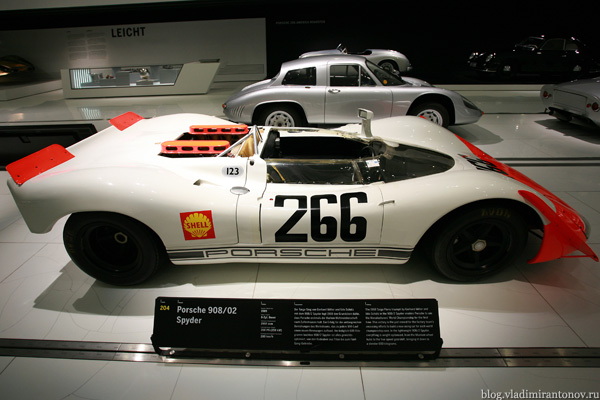
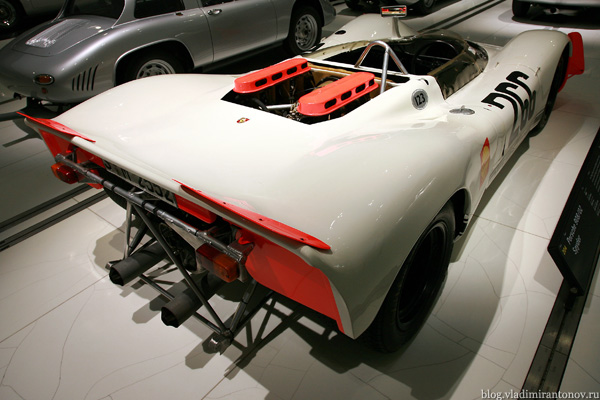
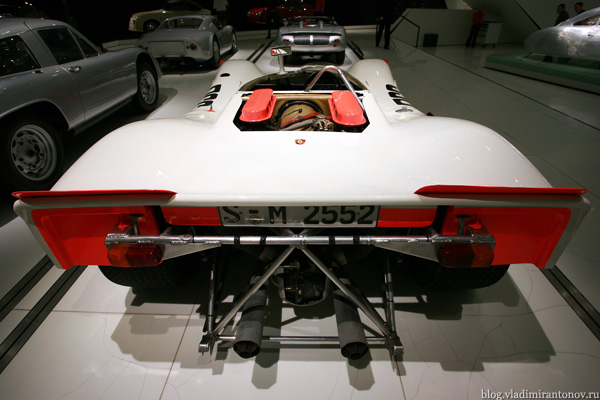
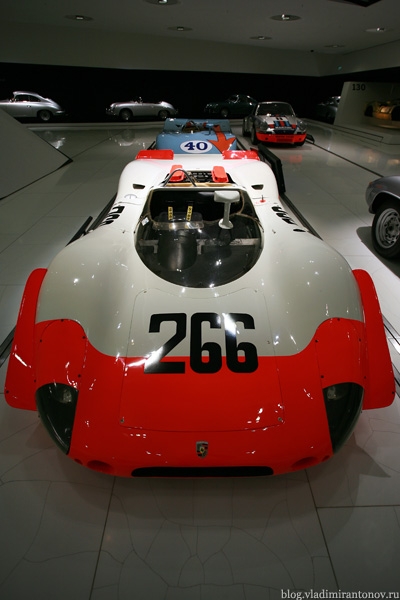
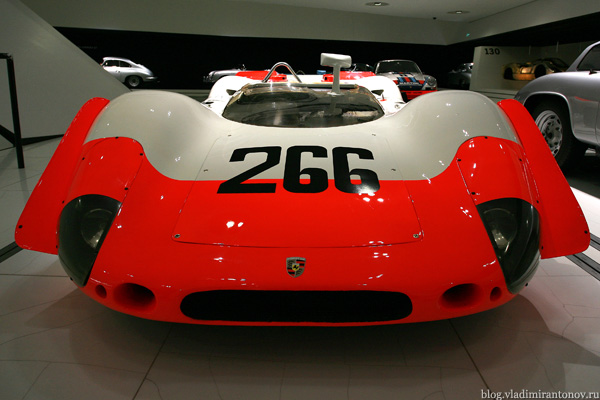
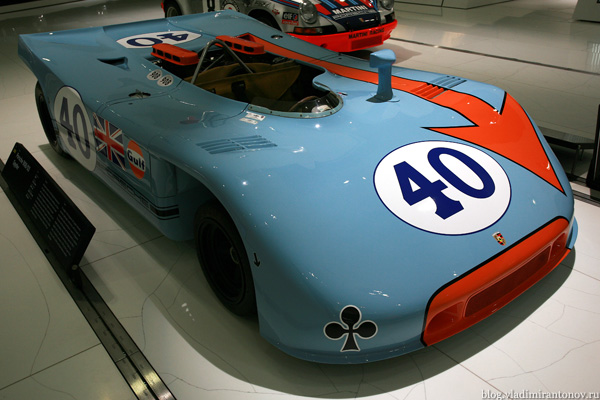
Porsche 908/03 Spyder
Model Year: 1970
Engine: 8-Zyl. Boxer
Displacement: 2997 ccm
Power Output: 350 PS (257 kW)
Top Speed: 275 km/h
History:
At a weight of 545 kilograms, this Spyder embodies extremely lightweight construction, with the foam-reinforced plastic body accounting for a mere 12 kilograms. The driver and the engine are moved forward to optimize weight distribution. The factory team races the 908/3 Spyder only four times, but wins three of those four races, including its premiere in 1970 at the Targa Florio in Sicily, with Jo Siffert and Brian Redman behind the wheel.
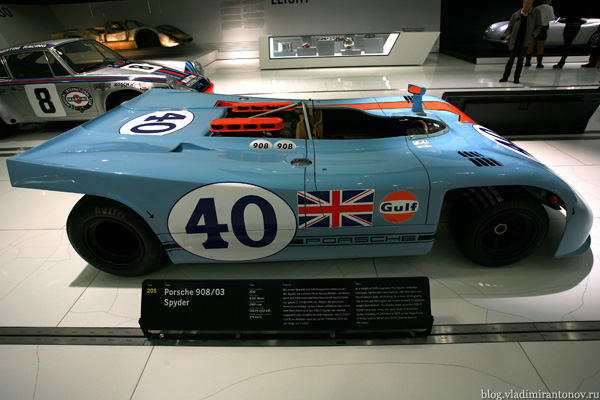

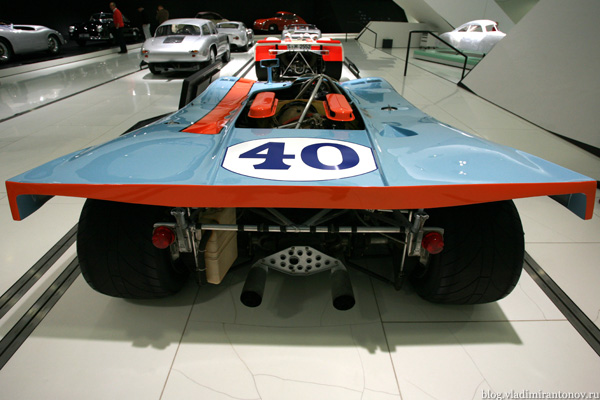

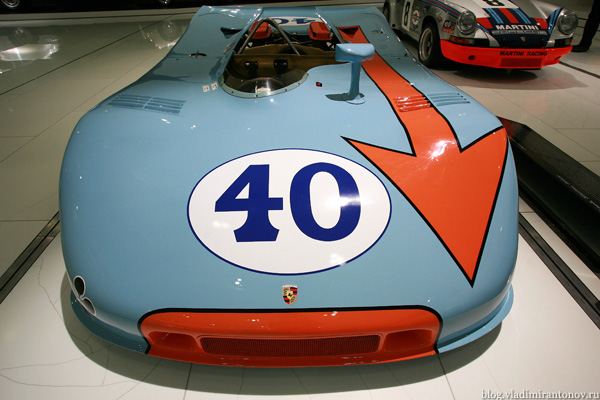

Porsche 911 Carrera RSR
Model Year: 1973
Engine: 6-Zyl. Boxer
Displacement: 2992 ccm
Power Output: 330 PS (243 kW)
Top Speed: 280 km/h
History:
In the last Targa Florio counting toward the world championship in 1973, Gijs van Lennep and Herbert Muller achieve a historic overall victory with the RSR. In this year, the car wins three international and seven national championships, and also triumphs in the 24 Hours of Daytona. The RSR models are Porsche’s mainstay in circuit racing. This period also marks the beginning of a new era in customer sports.
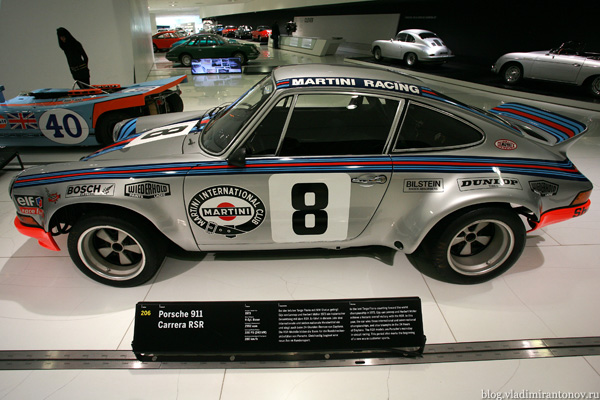

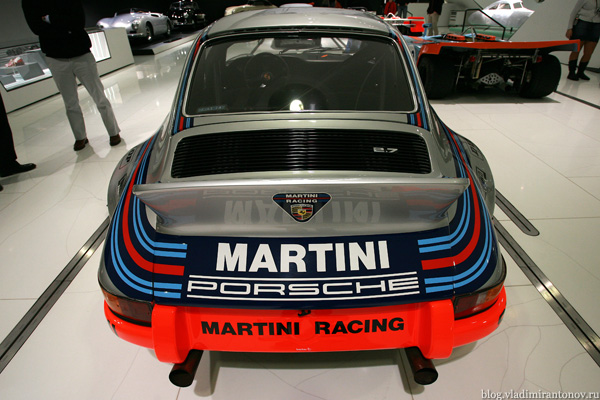
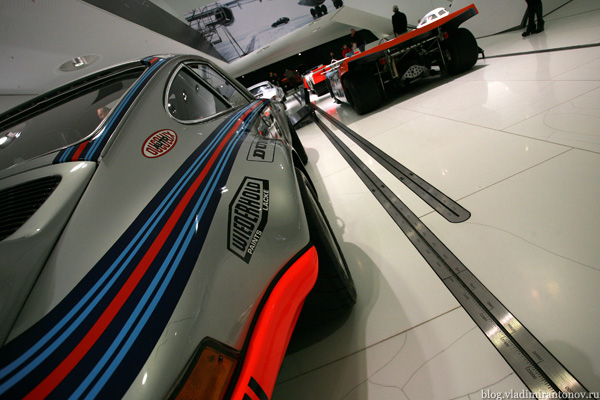


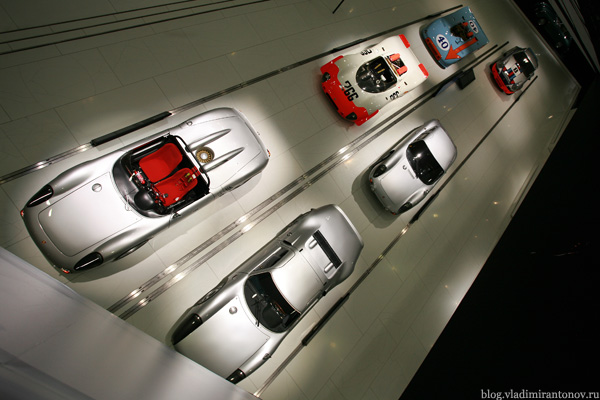
to be continued soon!


